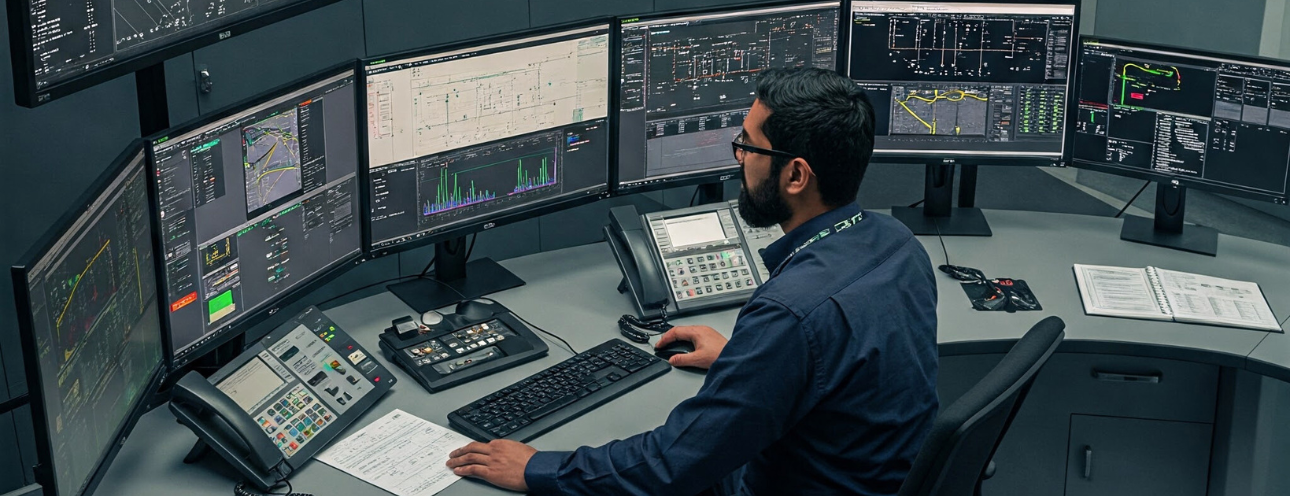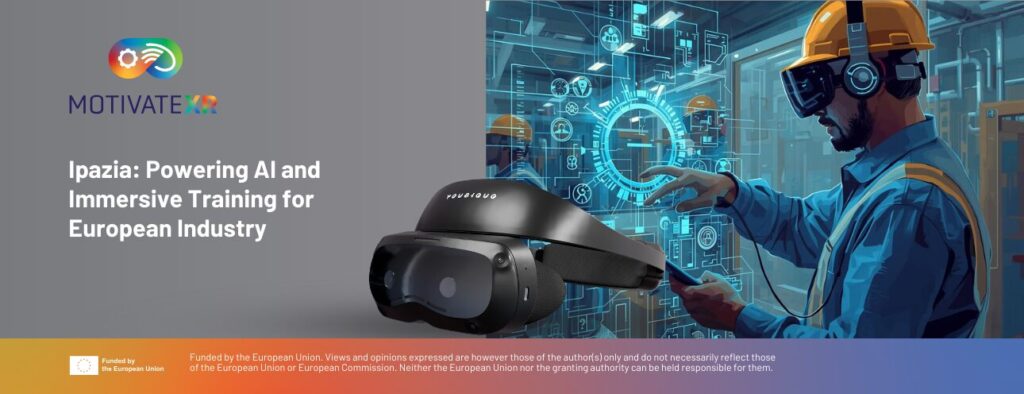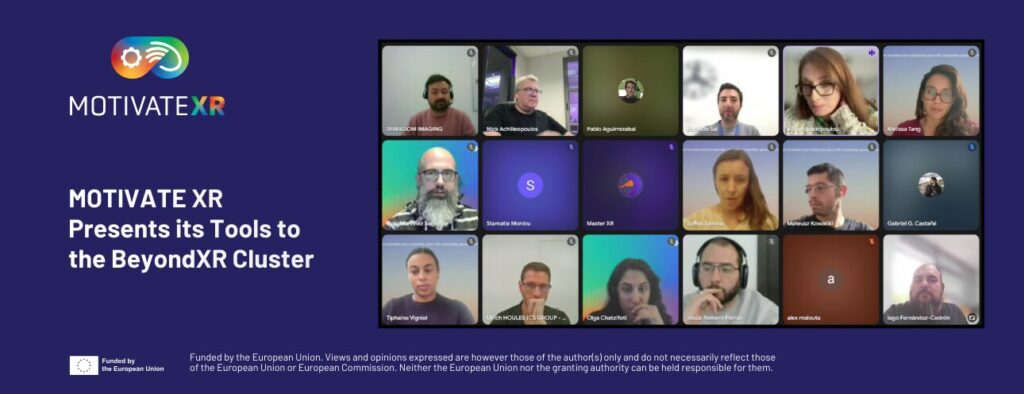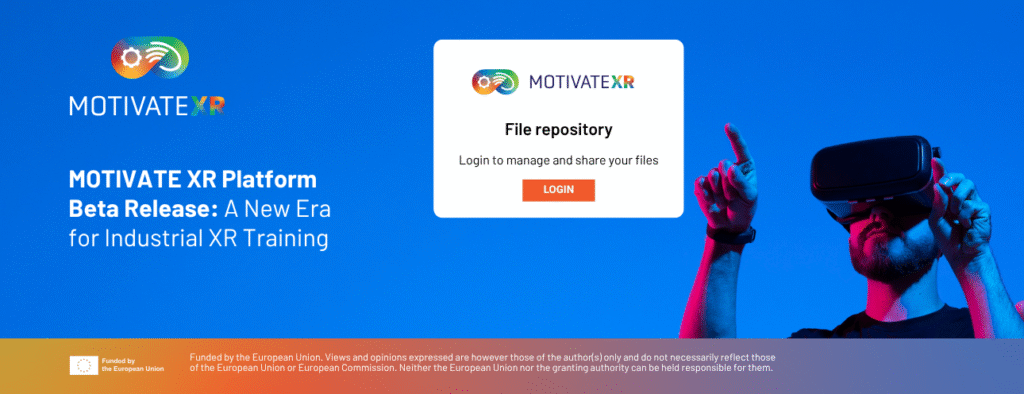The latest EU mandate for modernising the electrical grid has led Distribution System Operators (DSOs) to turn to cutting-edge solutions to enhance the reliability, efficiency, and safety of their networks. One innovation with the potential to transform many procedures in everyday DSO operation is Extended Reality (XR) technology—encompassing augmented (AR), virtual (VR), and mixed reality. MOTIVATE-XR is a tailored suite of XR solutions, that will be showcased through several pilot use cases. In this article we will discuss the added operational value XR technologies may bring to DSOs, highlight the benefits for the general public and present a pilot application for the Hellenic Distribution Network Operator (HEDNO), all within a framework that adheres to modern European mandates and digital transformation strategies.
Distribution System Operators are in charge of managing and maintaining the energy distribution networks that supply homes, businesses, and public services. The growing demands on energy, the complexity arising from the integration of renewable sources, the aging assets and workforce training for new technologies make the adoption of modern operations a necessity. So, XR technologies provide the tool that bridges the gap between digital and physical reality.
Potential Uses of XR Tools by DSOs
Extended Reality (XR) technologies can provide DSOs with a variety of applications that may significantly improve efficiency, training, and infrastructure oversight. One of the most valuable uses of XR tools is in maintenance and fault diagnosis. For example, field engineers can have access to real-time data overlaid directly onto physical infrastructure, helping them to quickly identify faults and review schematics and live sensor readings by using Augmented Reality (AR) headsets. In addition, XR technology can enable remote assistance, allowing technicians to share their live view with an off-site expert who can guide them through complex procedures. As a result, the downtime is reduced, travel expenses can be minimised and the speed and accuracy of maintenance efforts are greatly enhanced. Also, predictive maintenance is made more effective through XR integration with IoT sensors, enabling the visualisation of assets health in 3D models and potential failures before they occur.
Another critical area where XR tools can play a pivotal role is workforce training. Virtual Reality (VR) simulations can be used to provide risk-free training environments for new technicians where they can practice handling complex or hazardous scenarios without being exposed to danger. These simulations assist the technicians to be better prepared for fieldwork. Additionally, training can be further enhanced by mixed reality applications. Such applications provide interactive, context-aware guidance directly within the worker’s field of vision during live operations. Also, the digitalisation of training results in the standardisation of training procedures, enabling a more consistent training process, reducing human error and improving overall safety. Moreover, XR-enhanced training methods allow for more reliable certification programs that ensure technicians meet the necessary operational and safety standards before performing tasks in the field.
Adding on to the possible applications of XR tools for DSOs is infrastructure planning and asset management. A possible way for DSOs to leverage XR technologies can be through simulations, which will help assess not only the feasibility of network upgrades before implementing any physical changes but also the optimal solutions for each scenario. Furthermore, XR technologies can help DSOs prepare for potential disasters by simulating emergency scenarios in a virtual environment. This would allow for development and practice of response strategies leading to an improved coordination and more efficient crisis management.
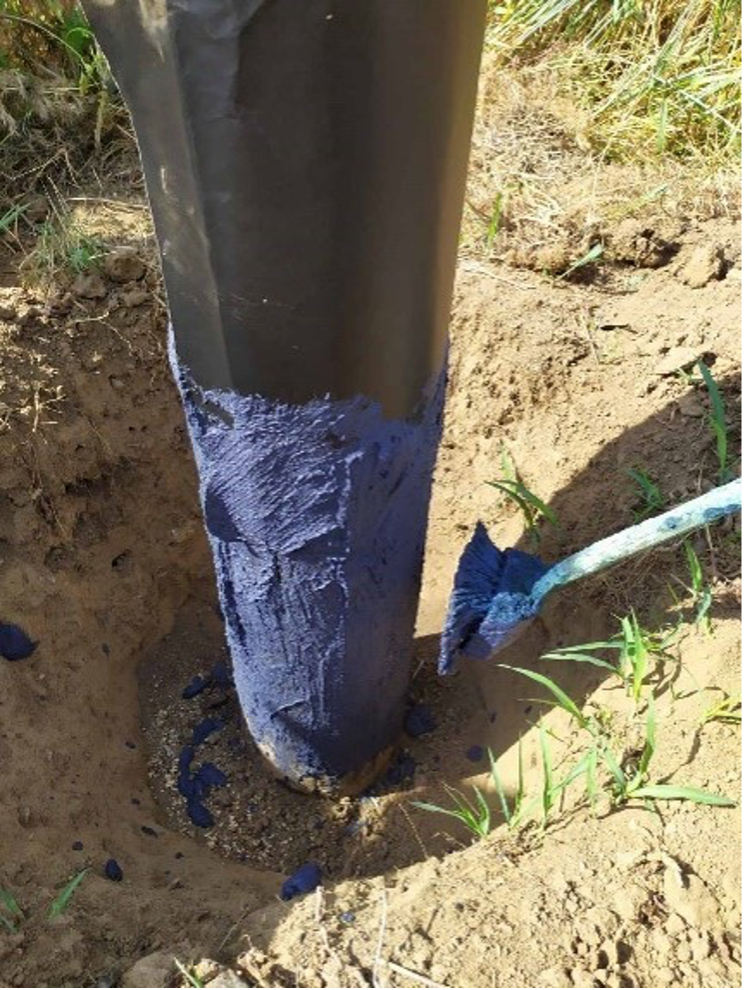

Figure: Wooden pole inspection and maintenance.
Benefits for Customers
Shifting the focus to customers, they stand only to gain from DSOs adopting XR technologies. The benefits are numerous with service reliability being probably the most significant. With faster fault detection, efficient maintenance procedures, and well-trained personnel the DSOs will achieve better SAIFI and SAIDI metrics. That means that the average customer will experience outages less frequently (SAIFI index) and also the total interrupted time will be reduced (SAIDI index). In addition, public safety has a lot to gain from XR implementation. In hazardous situations, such as downed power lines, transformer failures and other emergencies, the quick response times will allow to mitigate the risk to the public. On top of that, DSOs might even leverage XR technologies to engage customers, inform them of dangerous situations, navigate them to safety, and increase public awareness in general. The integration of XR technology into DSO operations can also provide economic benefits to customers. By reducing maintenance costs and increasing the efficiency of various procedures, DSOs might be able to lower the relevant expenses, which ultimately translates to lower fixed costs. This technological shift not only modernises energy distribution but also ensures that communities benefit from a smarter, more resilient grid.
HEDNO’s Use Case of MOTIVATE XR Tools
The tasks related to the MOTIVATE XR project for HEDNO is the on-site assistance of maintenance and inspection procedures of wooden poles in the distribution network, as well as training activities and remote support. Both for the maintenance task and the inspection task of wooden poles, HEDNO carries out multi-day training for the involved personnel. Technicians acquire both a theoretical and a practical background in the field and are examined in order to obtain the necessary HEDNO certification. The goal of HEDNO’s maintenance and inspection system is to tackle the natural wood rot of the poles, prevent accidents and ensure the total resilience of its grid.
The first pole maintenance must take place 15 years after its initial installation and, if performed correctly, can prevent its rotting for at least 10 years. After the first maintenance, it must be repeated every 10 years. The task is being done by a trained technician accompanied by a crew with the necessary documents to complete the task such as large and unwieldy electrical drawings, internal guidelines containing the algorithm for the pole characterisation and fillable forms with the inspection and maintenance results.
From the aforementioned process, many challenges arise which affect the efficiency of the inspection and maintenance process. First of all, due to the extent of the time period between inspections, the ID of the wooden poles is in most cases impossible to read, hindering the confirmation of each pole’s ID from the drawings. In addition, calculations done on-site according to the internal guideline algorithm and filling in the data by hand on the necessary forms are time consuming and prone to error.
MOTIVATE XR tools are expected to greatly improve the overall performance of the inspection and maintenance procedure in multiple ways. They can significantly shorten inspection times while ensuring more precise measurement and record keeping, and they offer the possibility of remote assistance to support on-site technicians. In addition, these advanced tools enable the automatic characterisation of each pole’s condition, seamlessly filling in forms and generating comprehensive reports that streamline the entire process. Extended training sessions provided beforehand ensure that all personnel are well-prepared to maximise these technological benefits, ultimately enhancing efficiency and safety across the board.
Conclusion
The European Union’s overarching goals of digital transformation and sustainable energy integration may be strategically supported by the DSOs’ integration of XR technologies. This can be accomplished by improving asset management through predictive maintenance and real-time monitoring, which will increase infrastructure reliability and lower operating expenses. Additionally, automated procedures and remote cooperation make maintenance easier, reducing downtime and guaranteeing effective resource allocation. Continuous skill development and increased workforce competency are fostered by XR technology. For civilians, these advancements translate to tangible benefits through fewer power outages and disruptions of electricity distribution, reliability of energy supply, enhanced safety during emergencies, and the promise of a smarter, more sustainable energy future.
The tools developed within the MOTIVATE XR platform and their applications are a guide for further XR acceptance and integration. DSOs can leverage the XR technologies to their benefit, with HEDNO’s pilot within the MOTIVATE XR project serving as proof for the advertised capabilities. The results from the project can be further exploited in other HEDNO’s applications such as installation procedures for terminal boxes and substation maintenance. By embracing MOTIVATE XR tools, HEDNO is leading the change, ensuring that both its operations and the communities it serves are ready for the future.
Disclaimer:
The views and opinions expressed in this document are solely those of the writers and do not necessarily reflect the official policies, positions, or endorsements of the company. The content is intended for informational purposes only and should not be interpreted as formal guidance or official statements from any affiliated entity.
Authors

Hellenic Electricity Distribution Network Operator (HEDNO)
Theodora Nikou (b. 2001) earned her M.Eng. in Electrical and Computer Engineering from the National Technical University of Athens (NTUA) in 2024. She currently works as a research partner for HEDNO. In parallel, she is pursuing an M.Sc. by research in protection and resilience of microgrids in power systems at the University of West Attica’s Department of Electrical and Electronics Engineering.
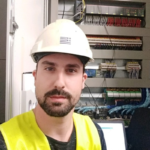
Hellenic Electricity Distribution Network Operator (HEDNO)
Konstantinos Dimoschakis (b.1992) is involved in the fields of predictive maintenance, work safety and crisis management in electricity distribution networks. Is working as an electrical engineer in the Grid Operations Department of HEDNO and engages in matters of operations planning. He is also pursuing a M.Sc. degree in Environmental, Disaster, and Crisis Management Strategies.

Hellenic Electricity Distribution Network Operator (HEDNO)
Evangelos Groumpas (b.1990) holds a PhD and a M.Eng. in Electrical and Computer Engineering from the National Technical University of Athens (NTUA). His research interests encompass biomedical engineering and the modernization of the electrical grid. He is working as a research partner for the Research and Innovation Department of HEDNO.
